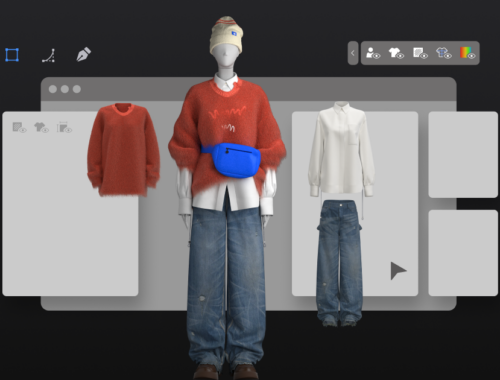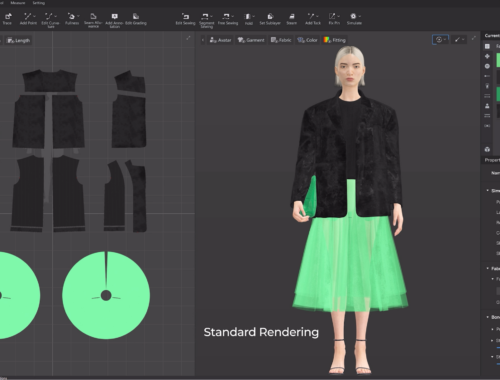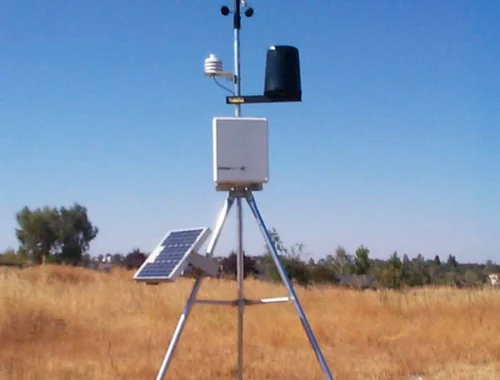How to Avoid the Most Common Sunscreen Mistakes
>
No matter how diligent you may be aboutskin care, you’ve likely fallen prey to one of many myths about sunburns and tans. Sunburns and tans are essentially a defense mechanism. Ultraviolet (UV) rays damage the DNA of your skin cells. A tan is your body’s first line of defense, meant to shield DNA from further damage. When the damage is too great, the cells die and your body mounts an immune response, sending blood to the area. That’s a sunburn. If those cells with damaged DNA are able to reproduce, they become cancer cells. There are two types of UV rays—UVA and UVB—and both can cause skin damage and cancer. Understanding how to protect yourself from each type is critical. Here’s what dermatologists have to say about some of the most pervasive sun myths.
You might have noticed some comically high-SPF sunscreens lining drugstore shelves. According to Theresa Pacheco, MD, of University of Colorado–Denver, “SPF 15 is good. SPF 30 is better.” Anything higher, she says, doesn’t make much of a difference. An SPF 15 sunscreen will block about 93 percent of UVB rays, compared to 97 percent for SPF 30 and 98 percent for SPF 50.
SPF, or sun protection factor, tells you how much UVB radiation your skin can withstand before being damaged when you use the product exactly as directed. Essentially, wearing SPF 30 should extend the amount of sun exposure your skin can handle by 30 times. The threshold of safe sun exposure varies with factors like the angle of the sun, atmospheric interference, and individual skin tone, so no matter what you’re using, reapply every two hours—more often if you’re sweating or swimming. Dermatologists recommend opting for a broad-spectrum sunscreen that offers protection from all UV rays, since SPF measures protection from only UVB rays.
The majority of us are chronic underappliers when it comes to sunscreen. According to a 2014 review that evaluated daily sunscreen use, most people aren’t wearing nearly enough. SPF ratings are based on the application of a certain volume of sunscreen—two milligrams per square centimeter—but most people apply less than half that amount. Pacheco offers an easy measurement to fix this. “Apply the equivalent of a shot glass of sunscreen to the exposed areas of the face and body—a nickel-sized dollop to the face alone.” If you’re using a spray, apply until an even sheen appears on the skin. “If the bottle is lasting all summer, you’re probably not doing it correctly,” says Nicholas J. Golda, MD, a dermatologist at the University of Missouri.
Your hard-earned healthy glow isn’t healthy at all. According to the U.S. Surgeon General, a base tan offers the equivalent of SPF 3 protection, a number that is essentially meaningless. And according to the FDA, “there is no such thing as a safe tan.” Tanning is your skin’s attempt to prevent further DNA damage from UV exposure. Any amount of sun exposure that’s enough to get a tan is enough to increase the risk of skin cancer, and tanned skin can still burn. “A base tan to protect yourself on vacation is as helpful to your health as taking up smoking before going on a trip to Las Vegas casinos,” says Golda.
While vitamin D is an important nutrient, sun is not the only way to get it. In fact, in 2009, the American Academy of Dermatology released a statement specifically recommending against getting vitamin D from the sun. A 2014 study of skiers and beachgoers showed that while sun exposure does boost vitamin D levels, the benefits do not outweigh the risks of DNA damage.
Besides, you can get vitamin D from food, including eggs, milk, and fatty fish, without hurting your cells. “There is no need for the sun, which is a carcinogen, to be the source of your vitamin D when diet is a safe alternative,” says Maral Skelsey, MD, director of dermatologic surgery at Georgetown University.
Sorry, lobsters, sunburns do not magically become suntans. A burn is an acute response to sun exposure, while a tan is a response to chronic damage. When you tan, your skin is able to repair much of the DNA damage and initiates the tanning process in an effort to reduce exposure to harmful light. When your cells can’t adequately protect themselves, they die from UV exposure. That’s a sunburn.
“When you burn and peel, it is because your skin had such a large dose of carcinogenic light that it couldn’t keep up with the DNA damage,” says Golda. Skin cancer is the most common form of cancer, and it’s largely preventable. Protecting your skin from sun damage should be part of your daily routine.
You May Also Like

Revolutionizing Fashion: How AI is Redefining Design and Sustainability
March 1, 2025
AI in Fashion: Revolutionizing Design, Shopping, and Supply Chains
February 28, 2025